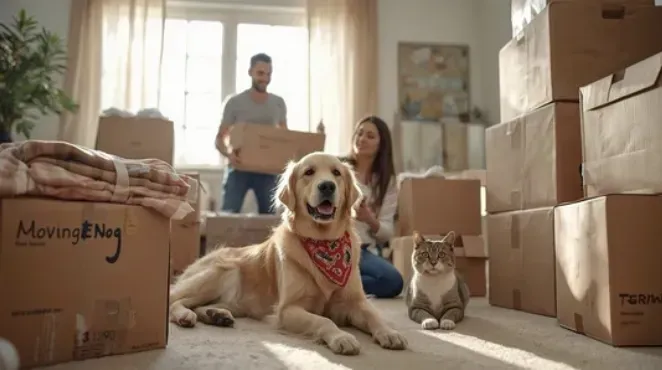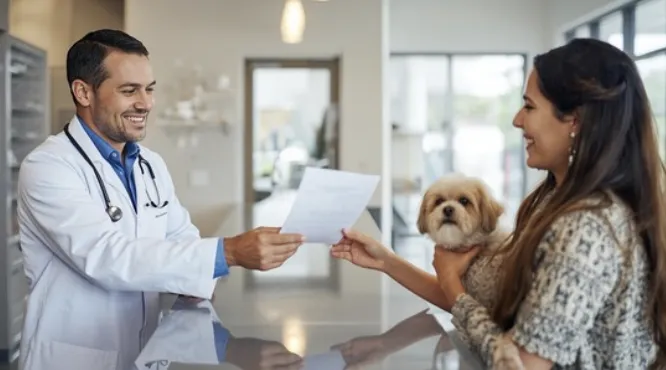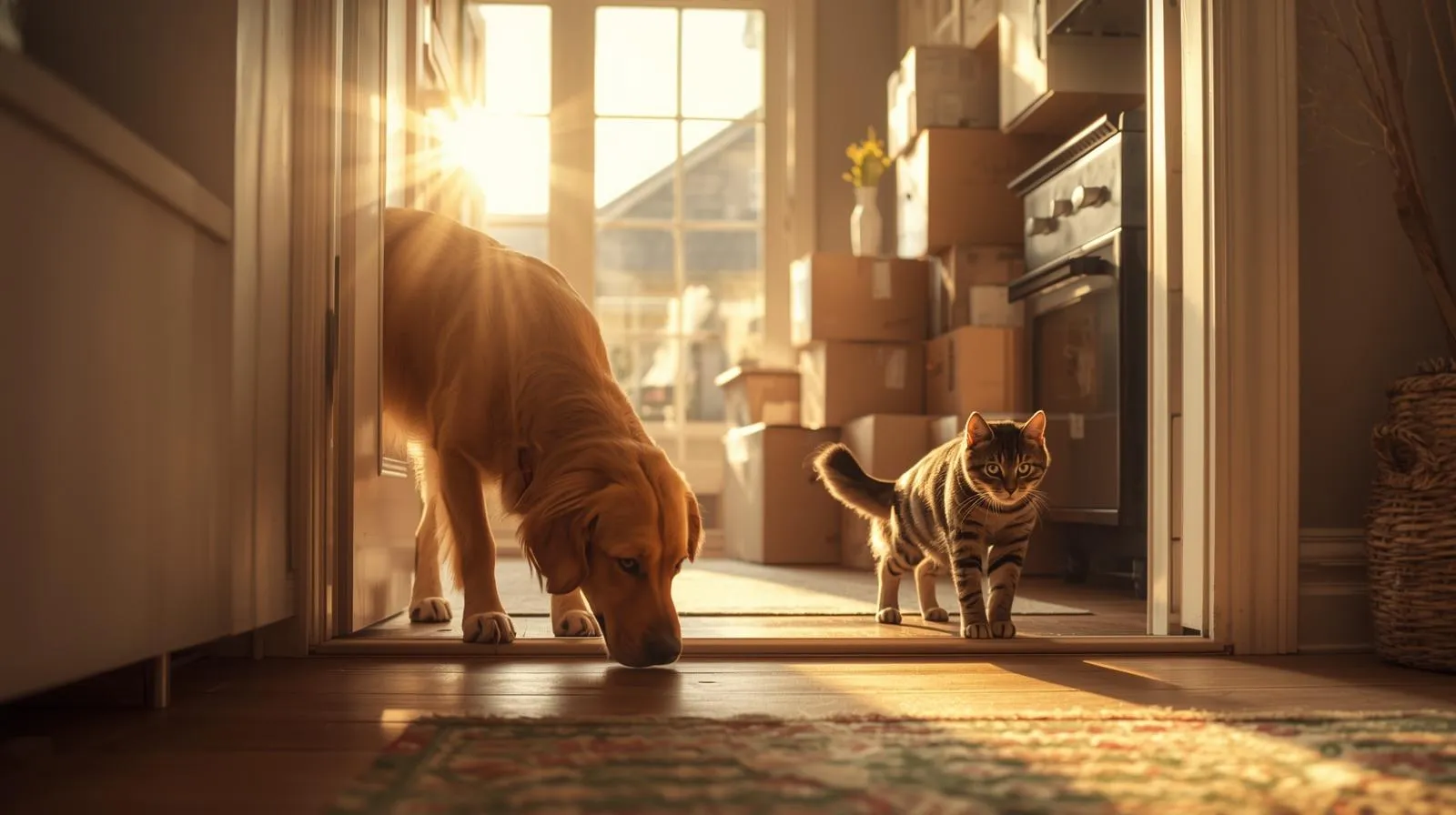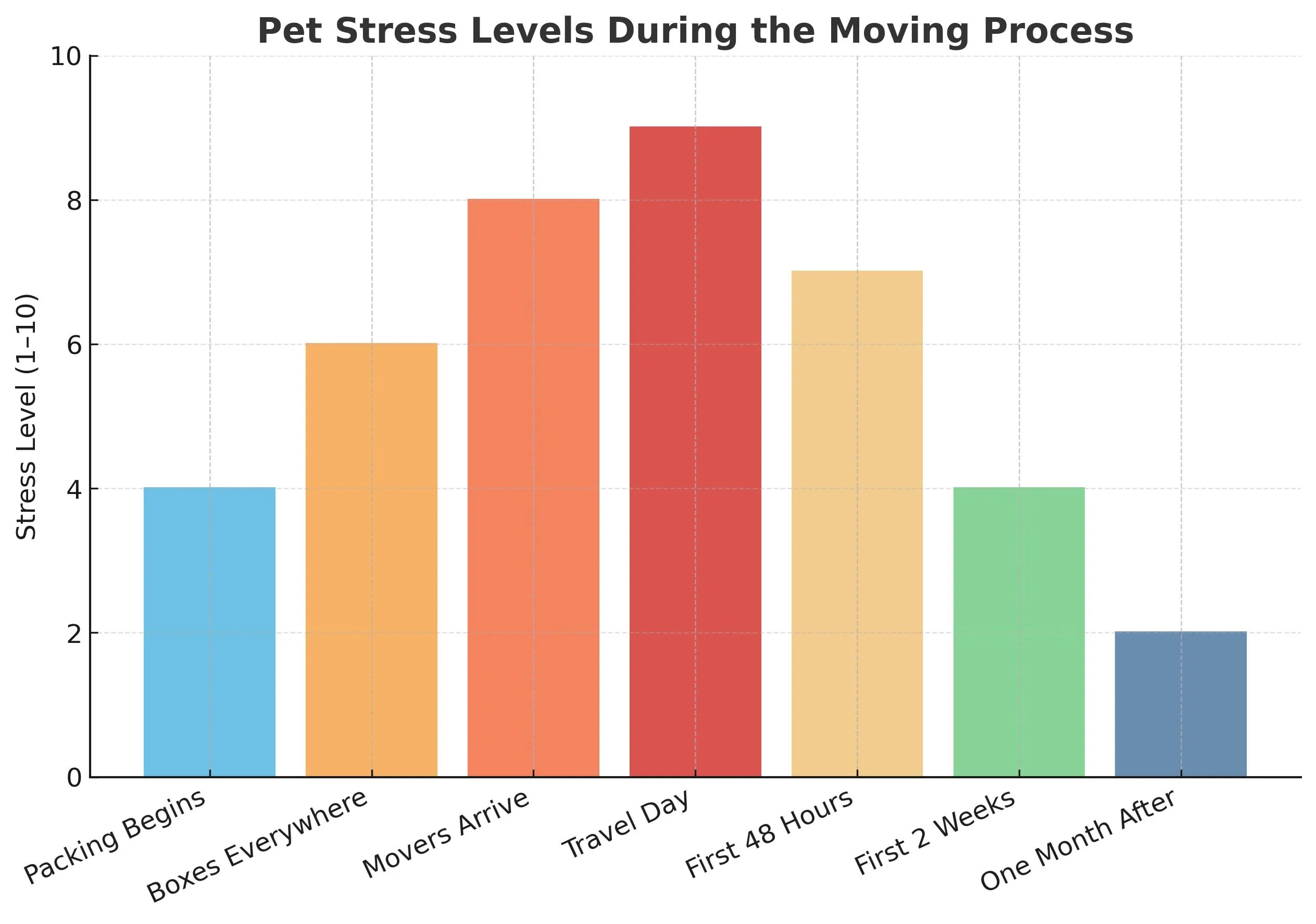
10 Essential Tips for Moving With Pets: Stress-Free Guide for Movers & Military Families
The Ultimate Guide to Moving With Pets: Stress-Free Tips, Hacks, and Must-Know Advice for Your PCS or Relocation
Moving is stressful for anyone — but moving with pets adds an entirely different layer. Whether you’re PCSing to Quantico, relocating to Prince William County, or simply changing neighborhoods in Northern Virginia, your pets feel every shift, every box, and every change in routine.
Dogs may show anxiety. Cats may hide or refuse food. Small animals may struggle with temperature or transit.
And military families face an added challenge: tight timelines, long travel days, and unfamiliar environments.
The good news? With the right strategies, you can make the move calmer, safer, and easier for your furry (or feathered) family members.
This guide gives you everything you need — packing tips, travel hacks, PCS-specific requirements, what to do on moving day, and how to help your pet settle into your new Northern Virginia home.
Why Pets Struggle During a Move
Animals thrive on routine, scent, and territory. When you start boxing up your home, your pet notices:
The shift in your energy
Missing furniture
Loud movers
Different feeding times
New smells
Sudden confinement
A break in their predictable routine
Understanding this helps you stay patient and intentional — the two biggest keys to a successful move with pets.
Tip #1: Schedule a Pre-Move Vet Appointment (Don’t Skip This!)

Before you start the moving process:
✔ Update vaccines ✔ Get flea/tick prevention ✔ Request physical copies of medical records ✔ Get any prescriptions refilled ✔ Ask for sedation options (if appropriate) ✔ Check microchip registration
PCS Tip: If you’re moving into Prince William County, note that local parks, HOAs, and doggy daycares often require recent vaccine documentation, especially Bordetella and rabies.
Flying? You’ll also need a health certificate dated within 10 days of travel.
Tip #2: Create a Pet “Go Bag” for Moving Day
Just like your overnight PCS bag, your pet needs their own essentials.
Pack:
Food (3–5 days’ worth)
Water
Collapsible bowls
Treats
Toys
Meds
Waste bags / litter supplies
Blanket or bed with familiar smell
Grooming wipes
Leash + backup leash
Copy of microchip info
A recent photo of your pet (for emergencies)
A familiar scent is crucial — it reduces stress instantly.
Tip #3: Pack Slowly So Your Pet Doesn’t Panic
Last-minute packing creates chaos. Gradual packing gives your pet time to adjust.
Try:
Leaving boxes out early
Letting pets sniff materials
Packing one room at a time
Keeping your pet’s spaces (beds, toys, routine) unchanged until the last possible day
Cats and anxious dogs benefit from a “safe room” — one area of your home that remains untouched until moving day.
Tip #4: Plan Pet Care for Moving Day
Moving day is loud, chaotic, and dangerous for pets. Doors stay open. Strangers move boxes. Furniture shifts. Loud noises echo. It’s a perfect recipe for runaway pets or stress-related behavior.
Your options:
Doggy daycare
Trusted friend
Rover sitter
Boarding facility
A quiet room with a closed door
If you can remove your pet entirely, do it. It’s safer and it keeps movers from worrying about accidentally letting an animal escape.
Tip #5: Choose the Right Transportation Strategy
Your transportation method will determine your prep.
Driving With Pets
✔ Use a secured crate or seat-belt harness ✔ Take breaks every 2–3 hours ✔ Never leave pets alone in the car ✔ Keep the temperature controlled ✔ Offer water often, food occasionally
PCS Tip: Route your drive with pet-friendly hotels in mind — many military families prefer:
La Quinta
Best Western
Marriott brands
Red Roof Inn
Flying With Pets
If your pet is flying:
✔ Check airline restrictions ✔ Confirm approved carrier size ✔ Get a health certificate ✔ Arrive early ✔ Avoid sedating pets unless vet-approved ✔ Choose direct flights
Military families PCS’ing internationally should verify quarantine requirements — some destinations require multiple forms or months-long prep.
Long-Distance Professional Moves With Pets
Consider professional pet transport (when needed):
CitizenShipper (budget-friendly)
These companies handle routing, paperwork, temperature control, and safety.
Tip #6: Recreate Home Routines Immediately in Your New House
Pets settle faster when you re-establish normal routines:
Same feeding times
Same walk times
Same crate position
Same bedding
Same command structure
The more consistent you are during the first 7–14 days, the faster your pet will accept the new home.
Tip #7: Introduce Your Pet to the New Home Slowly
Here’s the best method:
Start with a small room as their “safe room”
Add familiar scents (blanket, bed, toy)
Let them explore one room at a time
Gradually open new areas
Use treats + praise for positive exploration
For anxious pets, calming sprays, pheromone diffusers, or anxiety wraps can help.
Tip #8: Secure Your New Home Before Letting Pets Roam

Before you let pets run around freely:
✔ Check fences for gaps ✔ Ensure gates latch securely ✔ Remove hazardous plants ✔ Look for chew hazards ✔ Verify windows close properly ✔ Inspect crawl spaces ✔ Secure basement doors
For Northern Virginia specifically, check for:
Wildlife access points
Backyard drainage
Standing water (mosquito hotspots)
HOA leash rules
Tip #9: Update Identification Immediately
The number of lost pets spikes in the first 30 days after a move.
Update:
Microchip address
ID tag address
Vet contact
Pet registration (if required)
Prince William County Tip: Some HOAs require pets to be registered, especially in communities like Lake Ridge, Montclair, and Potomac Shores.
Tip #10: Help Your Pet Adjust Emotionally
Pets experience “relocation depression” just like people.
Support them by:
Adding extra playtime
Using puzzle feeders
Offering safe outdoor time
Increasing physical affection
Keeping routines exactly the same
Cats may hide for days. Dogs may become clingy. Both responses are normal.
Most pets fully adjust within 2–6 weeks.
PET STRESS LEVELS DURING MOVE (CHART)

Bonus: Hacks Every Pet Owner Should Use
Hack 1: Wipe their paws when entering the new home
This spreads familiar scent and reduces anxiety.
Hack 2: Play calming music during the drive
Classical or soft acoustic lowers heart rate for pets.
Hack 3: Use a pheromone spray on blankets before the trip
Feliway for cats, Adaptil for dogs.
Hack 4: Bring old unwashed bedding
It smells like their “territory.”
Hack 5: Walk dogs around your new neighborhood immediately
Scent-marking helps them feel “at home.”
Hack 6: Secure cats in a small bathroom for unpacking
Keeps them safe until chaos settles.
Hack 7: Give high-value treats only during stressful moments
Creates positive associations with the move.
Moving to Northern Virginia With Pets?
Prince William County is extremely pet-friendly, offering:
Dog parks
Wide trails
Green spaces
Pet-friendly apartments
Groomers & vets everywhere
Amazing boarding facilities
Community events for pets
If you want help finding a pet-friendly neighborhood or home near Quantico or Fort Belvoir — I can guide you.
About the Author
This guide was written by Gayle “GG” Sfreddo, a Military Relocation Professional (MRP), certified real estate expert, and long-time Northern Virginia resident with deep hyperlocal expertise in Prince William County, Fairfax County, and the surrounding Quantico and Fort Belvoir communities.
Having been born on an Air Force Base and raised in a family that moved frequently, GG understands the emotional, logistical, and financial stress military families experience during PCS cycles. She has spent more than two decades helping service members, veterans, and their families navigate Northern Virginia’s housing market with confidence, clarity, and trusted guidance.
Local Expertise & Credentials
Military Relocation Professional (MRP) Certified
Northern Virginia real estate expert with 20+ years of experience
Specialized in PCS, VA loans, and off-base housing
Extensive knowledge of school districts, commute routes, and neighborhood dynamics
Founder of MoveMeInVA, a trusted online resource for military families relocating to Northern Virginia
Recognized for data-driven, veteran-focused housing guidance
Known locally as “All The Right Moves™” for her commitment to clarity, service, and results
Why You Can Trust This Guide
All recommendations in this article are based on:
Real client experiences
PCS relocation patterns observed over two decades
Verified market trends from MLS, county records, and local housing data
Firsthand knowledge of hiring movers, vet steps, pet relocation challenges, and Northern Virginia move-in timelines
Long-term community involvement in Prince William County’s military-connected neighborhoods
GG’s mission is simple: to give military families and pet owners a smoother, safer, and more supported transition into their next home — because she’s lived it too.
